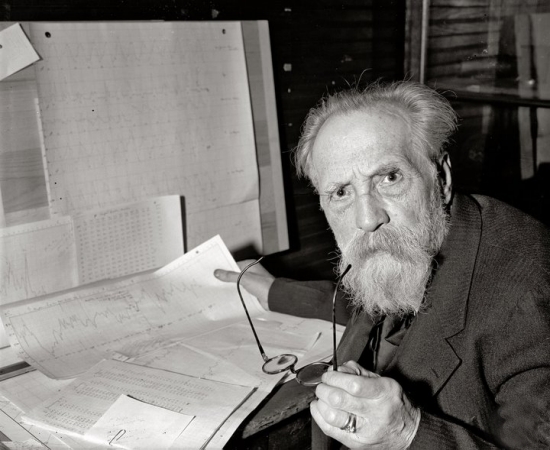On the Nature and Value of Consensus

About 20 years ago, I remember participating in a meeting where participants were actively debating a proposition. The moderator was enforcing parliamentary procedure, and speeches for and against the proposition were heard in turn - one speech for, then one speech against. This being the first meeting I had been in following this kind of procedure, I began to think that the room was evenly divided between the two positions. I was strongly in favor of it, and I was disheartened to see so much opposition to it. But when the vote was finally taken, I was more surprised by the results. The proposition passed by an extraordinarily large margin. In fact, it appeared that those speaking against the proposition made up almost all the people that voted against it, and the vast majority of the people in the room were like me. Most of us had essentially made up our minds, and we had no intention of making any speeches; we were just waiting for the debate to be over so we could vote. My impr...


%20Hurricanes%20and%20All%20Hurricanes%20(2).png)